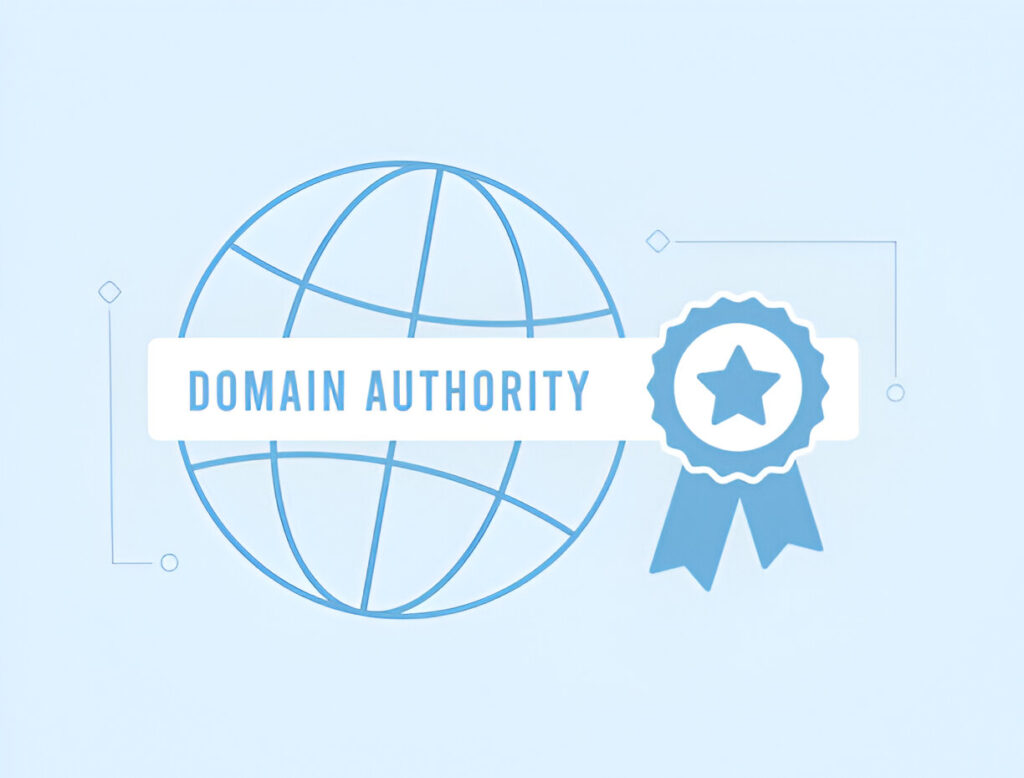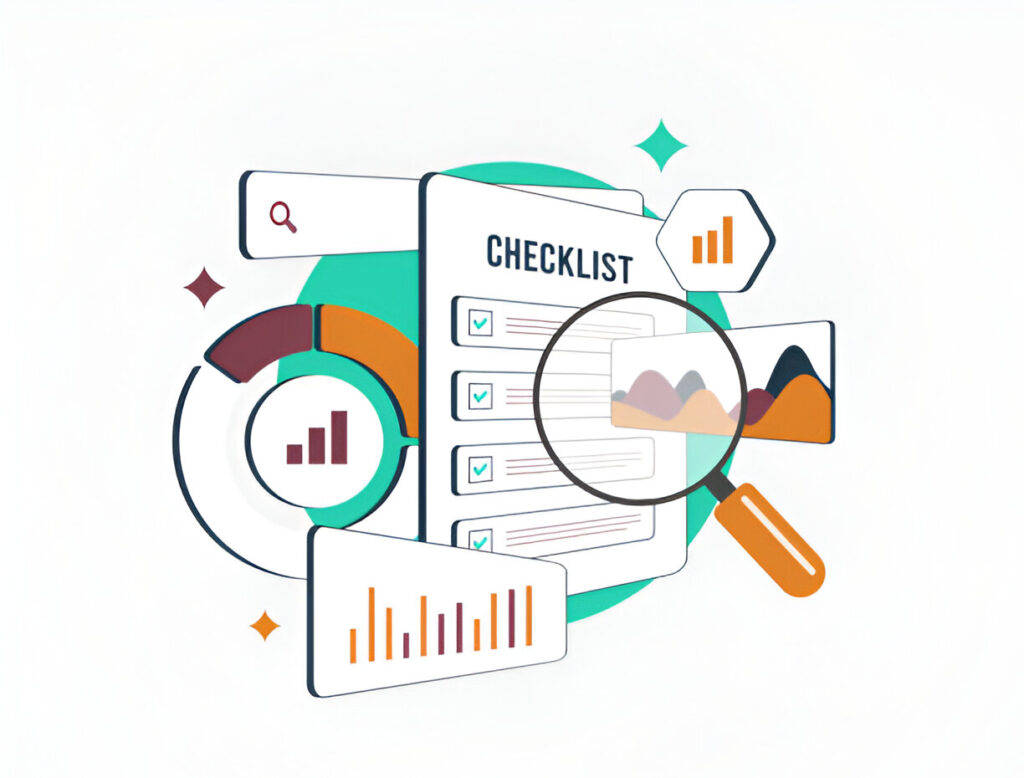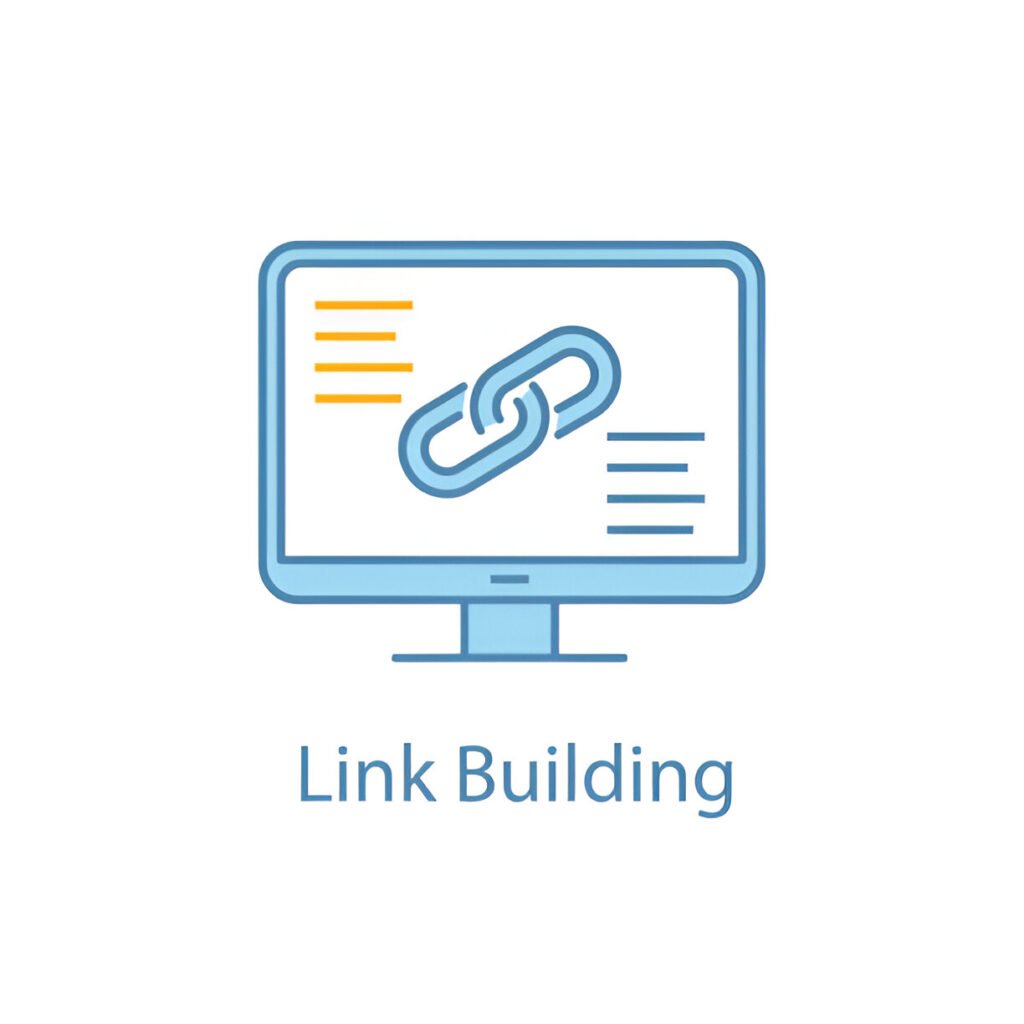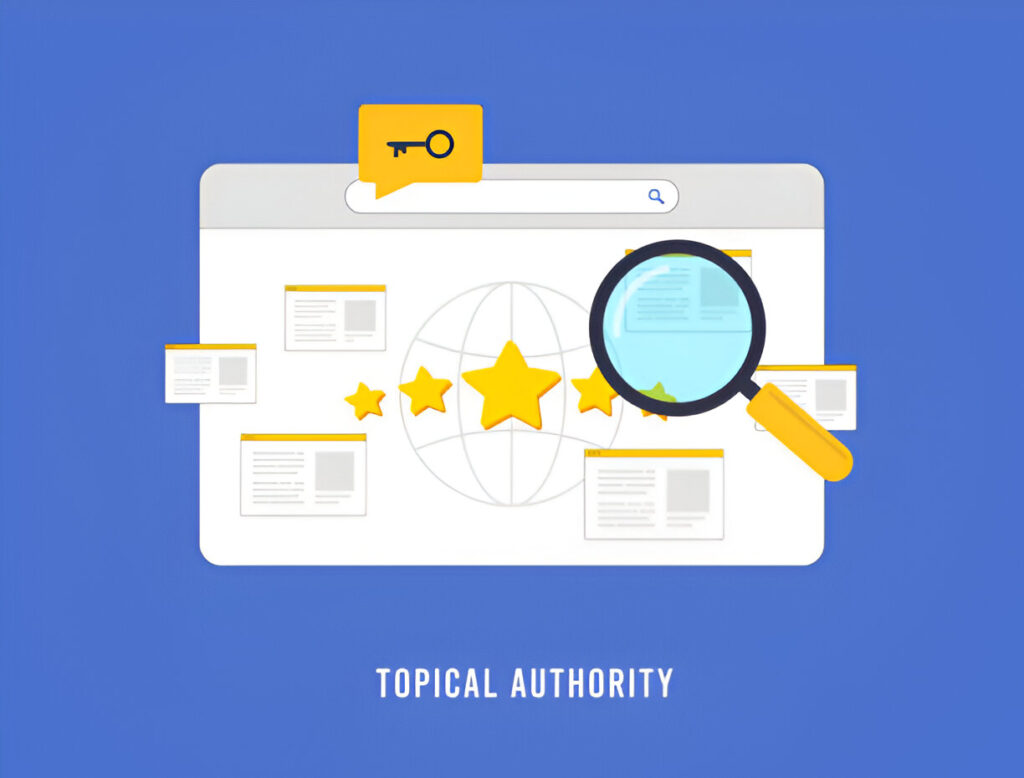If you’re wondering how to increase domain authority fast in 2025, you’re not alone. Domain Authority (DA), originally developed by Moz, remains a widely referenced metric in the SEO world. While Google doesn’t directly use DA in its ranking algorithm, a higher DA often correlates with stronger search visibility and organic traffic.
In this guide, you’ll learn seven proven strategies to increase your domain authority — fast and ethically — in 2025. From high-quality backlinks to technical SEO and topical authority, we’ll break down what works in today’s AI-driven search landscape.
What Is Domain Authority and Why Does It Matter in 2025?

Domain Authority (DA) is a score from 0–100 that predicts how likely a website is to rank on search engines. The higher the score, the greater the ranking potential.
Domain Authority vs. Domain Rating vs. Authority Score
Moz DA: Measures overall domain strength based on link profile.
Ahrefs DR (Domain Rating): Focuses on the quality and quantity of backlinks.
Semrush Authority Score: Combines link data, search traffic, and other metrics.
While these metrics differ slightly, they all assess your domain’s authority and backlink quality — both key to SEO.
Why It Matters in 2025
DA influences how Google perceives your trustworthiness.
AI Overviews often pull from high-authority domains.
A strong DA can accelerate indexing and improve content visibility.
1. Start with a Domain Authority Audit

Before you try to improve your DA, assess where you currently stand.
Tools to Use:
What to Look For:
Your DA/DR score
Number of referring domains
Quality vs. spammy backlinks
Technical issues affecting crawlability
Example: A site with 1,000 backlinks from 5 referring domains will have a much weaker DA than one with 200 links from 150 domains.
2. Build Link-Worthy, Evergreen Content Assets

Creating high-value content is one of the most sustainable ways to earn backlinks.
Ideas That Attract Links:
Research reports
Industry trend analyses
Case studies
Data visualizations (charts, infographics)
Free tools/calculators
Example:
A Shopify store publishing an annual “eCommerce Benchmarks Report” is more likely to get backlinks from industry blogs.
Bonus Tip:
Add original statistics and cite reliable sources like Statista, HubSpot, or Google Trends.
3. Earn High-Quality Backlinks the Smart Way
Backlinks remain a core factor in DA — but quality > quantity.
Best Practices:
Outreach with value: Offer guest posts, expert quotes, or collaborate on content.
Broken link building: Find dead links on high-authority blogs and suggest your content.
Digital PR: Pitch stories to journalists using HARO or Featured.
Example:
An SEO consultant got featured in a Forbes roundup by offering a unique insight via HARO.
4. Strengthen Internal Linking & Site Architecture

Don’t just focus on external links — internal links help distribute authority across your site.
Tips:
Link from high-traffic pages to lower-ranking, relevant ones.
Use keyword-rich but natural anchor text.
Create hub-and-spoke (pillar and cluster) models for SEO content.
Example: A blog post on “Customer Retention Strategies” links internally to related posts like “Loyalty Program Ideas” or “Email Marketing Tactics”.
5. Improve Your Technical SEO Foundation

Google’s crawlers must easily access and trust your site.
Must-Have Fixes:
Mobile-first design
Core Web Vitals (speed, stability, interactivity)
Structured data/schema markup
XML sitemaps
HTTPS, no broken links, no redirect chains
Suggested Tools:
6. Demonstrate EEAT and Build Topical Authority

To gain trust and authority, your website needs to show real experience, expertise, and depth.
Best Practices:
Add author bios with credentials.
Showcase testimonials and case studies.
Create topic clusters: cover every angle of a niche.
Update older posts with fresh data and dates.
Example:
A blog about SEO with 20+ related articles (keyword clusters) on link-building, on-page SEO, audits, and analytics builds topical authority.
7. Promote Your Content to Expand Reach & Authority

Bonus: How Long Does It Take to Increase Domain Authority?
Short-term (1–3 months): Fix tech SEO, build internal links.
Mid-term (3–6 months): Add valuable content, gain new backlinks.
Long-term (6–12 months): See strong DA improvements with consistent effort.
Important: Avoid black-hat tactics or DA manipulation tools. They may work short-term but can hurt rankings over time.
Conclusion
Raising your Domain Authority in 2025 is absolutely possible — but it requires smart, ethical strategies and long-term consistency. Focus on content quality, authoritative links, clean site structure, and topical relevance.
Start by auditing your current DA score and build a plan around the strategies above.
👉 Want more SEO insights? Explore our guide on [SEO for eCommerce] or check out [Customer Retention Strategies] to grow your brand sustainably.
FAQs
Moz updates DA scores monthly, while Ahrefs updates DR more frequently.
No — but Google does value trust, authority, and backlinks, which DA often reflects.
0–20: New sites
20–40: Average authority
40–60: Strong
60+: High authority
Yes — due to lost backlinks, spammy link penalties, or technical issues.